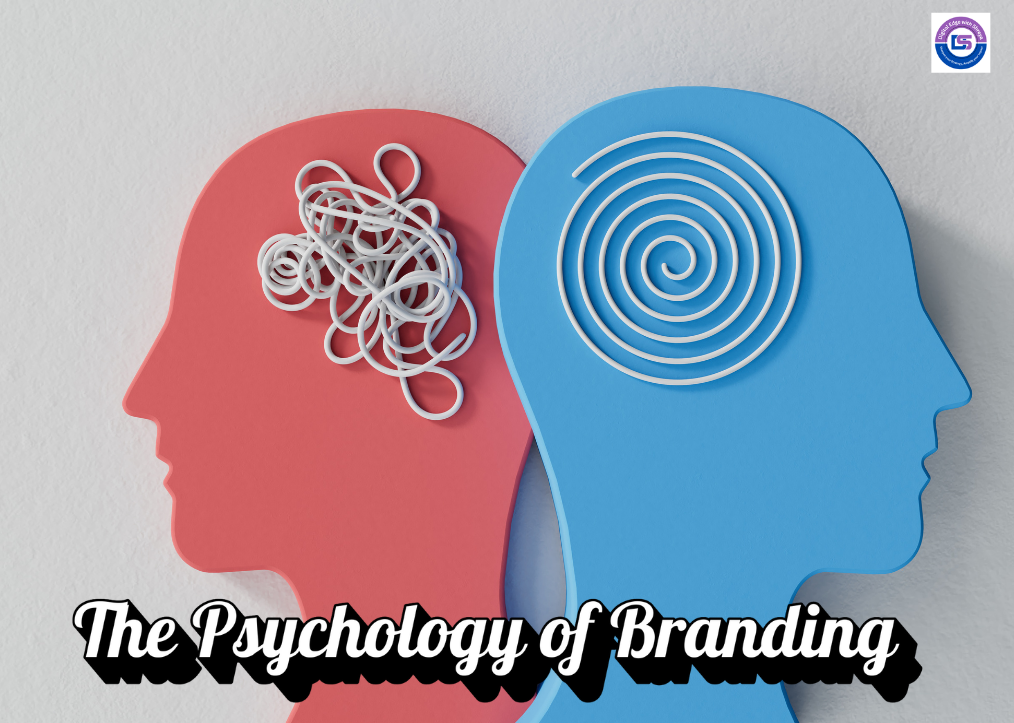Branding is more than just a logo—it’s an emotional experience that shapes customer perception. Color psychology and design choices play a crucial role in influencing customer decisions, impacting everything from brand trust to purchase intent. Here’s how colors and design elements affect consumer behavior and how you can use them to strengthen your brand identity.
1. The Power of Colors in Branding
Colors evoke emotions, influence perception, and drive purchasing behavior. Here’s what different colors communicate in branding:
✔ Red: Excitement, passion, urgency (Coca-Cola, YouTube)
✔ Blue: Trust, security, professionalism (Facebook, PayPal)
✔ Yellow: Optimism, warmth, happiness (McDonald’s, IKEA)
✔ Green: Health, growth, eco-friendliness (Starbucks, Whole Foods)
✔ Black: Luxury, elegance, sophistication (Chanel, Apple)
✔ Purple: Creativity, wisdom, royalty (Cadbury, Hallmark)
Pro Tip: Choose a color palette that aligns with your brand’s message and the emotions you want to evoke in your customers.
2. How Design Influences Customer Perception
Beyond colors, typography, shapes, and layout also impact branding and decision-making.
✔ Fonts: Serif fonts (Times New Roman) create a traditional, trustworthy feel, while sans-serif fonts (Helvetica) feel modern and clean.
✔ Shapes: Rounded shapes feel approachable and friendly (Airbnb), while sharp edges give a strong and corporate look (Nike).
✔ Whitespace: Minimalist design enhances readability and improves user experience, making content easier to consume.
Pro Tip: Keep branding consistent across all platforms—from your website to social media—to create a strong visual identity.
3. The Role of Color Psychology in Consumer Behavior
✔ Impulse Purchases: Red and orange are often used in clearance sales to create a sense of urgency.
✔ Brand Trust: Blue is the most popular corporate color because it conveys reliability and security.
✔ Luxury & Exclusivity: High-end brands use black and gold to create an aura of sophistication.
4. How to Choose the Right Branding for Your Business
When developing your brand’s visual identity, consider:
✔ Your Target Audience: Who are they? What emotions do you want them to feel?
✔ Industry Standards: Are there color expectations in your niche?
✔ Competitor Analysis: Stand out while maintaining industry relevance.
Your brand’s color and design choices directly impact how customers perceive, trust, and engage with your business. By leveraging color psychology and strategic design, you can create a strong brand identity that drives conversions and builds loyalty.
Need help refining your brand’s visual identity? Let’s create a branding strategy that leaves a lasting impact!






